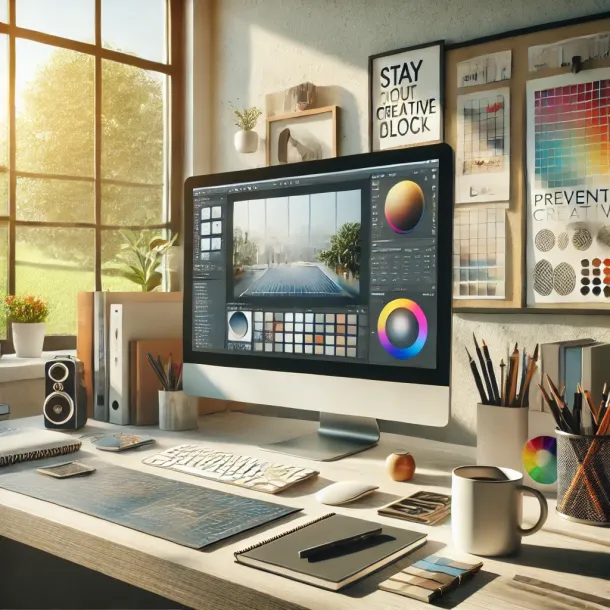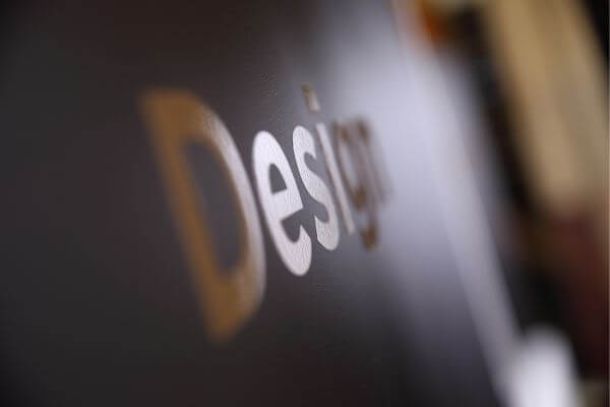Design Fundamentals: A Step-by-Step Guide for New Creatives
Design Fundamentals: A Step-by-Step Guide for New Creatives
Starting out in design can feel overwhelming, but a strong grasp of the fundamentals is key to achieving success. This step-by-step guide will walk you through the foundational elements every new creative needs to know to build a robust design skill set.
Step 1: Understand Design Theory
Design theory provides the basic framework for creating visually pleasing and effective designs. Some core principles include:
- Proportion: Helps maintain balance and harmony in a design.
- Contrast and Emphasis: Directs the viewer’s attention to focal points.
- Repetition and Rhythm: Creates a cohesive look across multiple elements.
Step 2: Learn the Basics of Color Theory
Color theory plays a significant role in how designs are perceived. Understanding primary, secondary, and tertiary colors, as well as concepts like complementary and analogous colors, will enable you to create designs that are both engaging and visually appealing.
Step 3: Develop Typography Skills
Typography is more than just choosing fonts. It involves understanding how fonts work together and learning how to structure type to enhance readability and aesthetics. Beginner designers should practice pairing different fonts and experimenting with size, weight, and spacing to achieve the right look.
Step 4: Gain Proficiency in Essential Design Software
Mastering software like Adobe Illustrator, Photoshop, and Figma is essential for bringing your ideas to life. Many beginners start by familiarizing themselves with one software at a time, dedicating a few hours each week to practice.
Step 5: Experiment with Layout and Composition
Composition refers to the way elements are arranged within a design. Good composition helps guide the viewer’s eye and ensures that all elements work together harmoniously. Practice arranging different elements and experiment with balance, scale, and alignment.
Step 6: Start Building a Portfolio
Your portfolio is your best marketing tool as a designer. Begin by creating personal projects or redesigning existing products to showcase your skills. Remember, quality is more important than quantity.
Final Thoughts
Mastering design fundamentals is essential for any aspiring designer. With consistent practice and a willingness to learn, these foundational skills will empower you to create designs that are not only visually appealing but also impactful.


